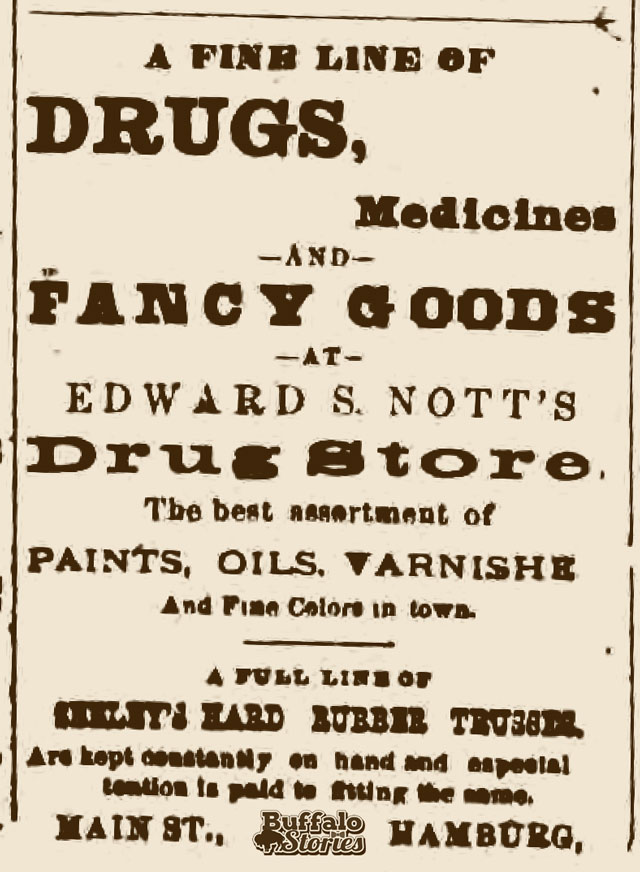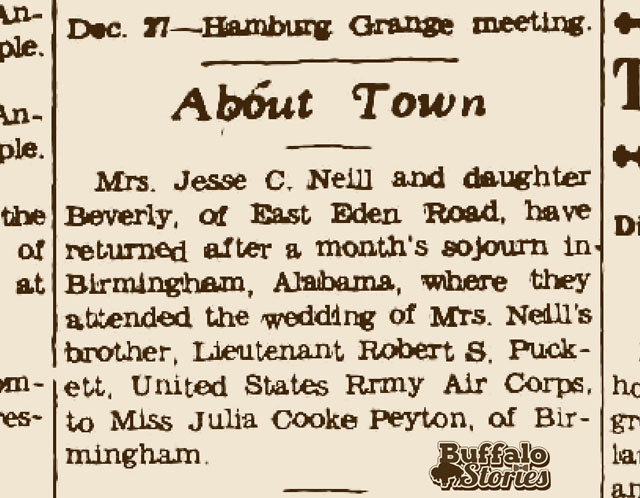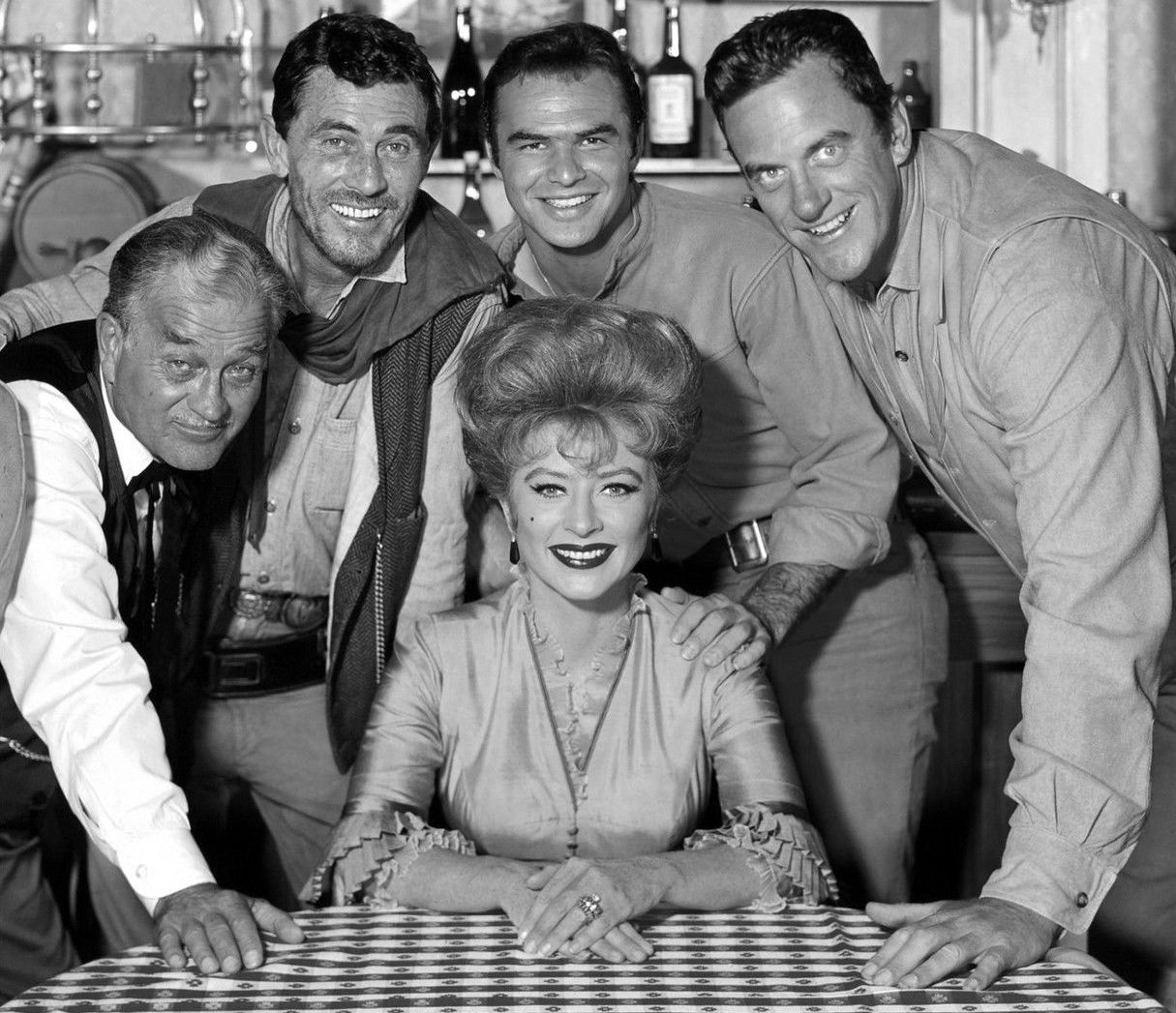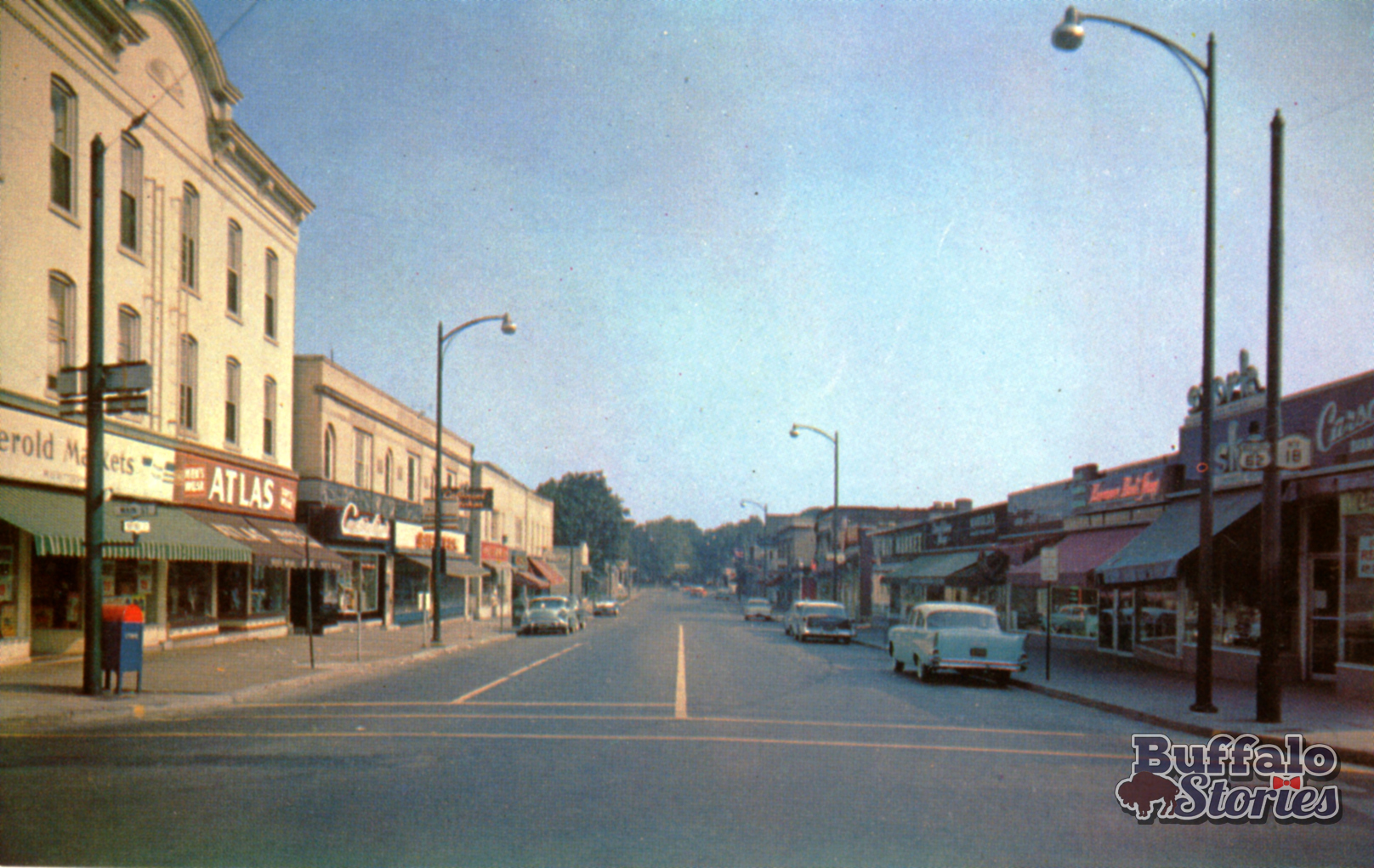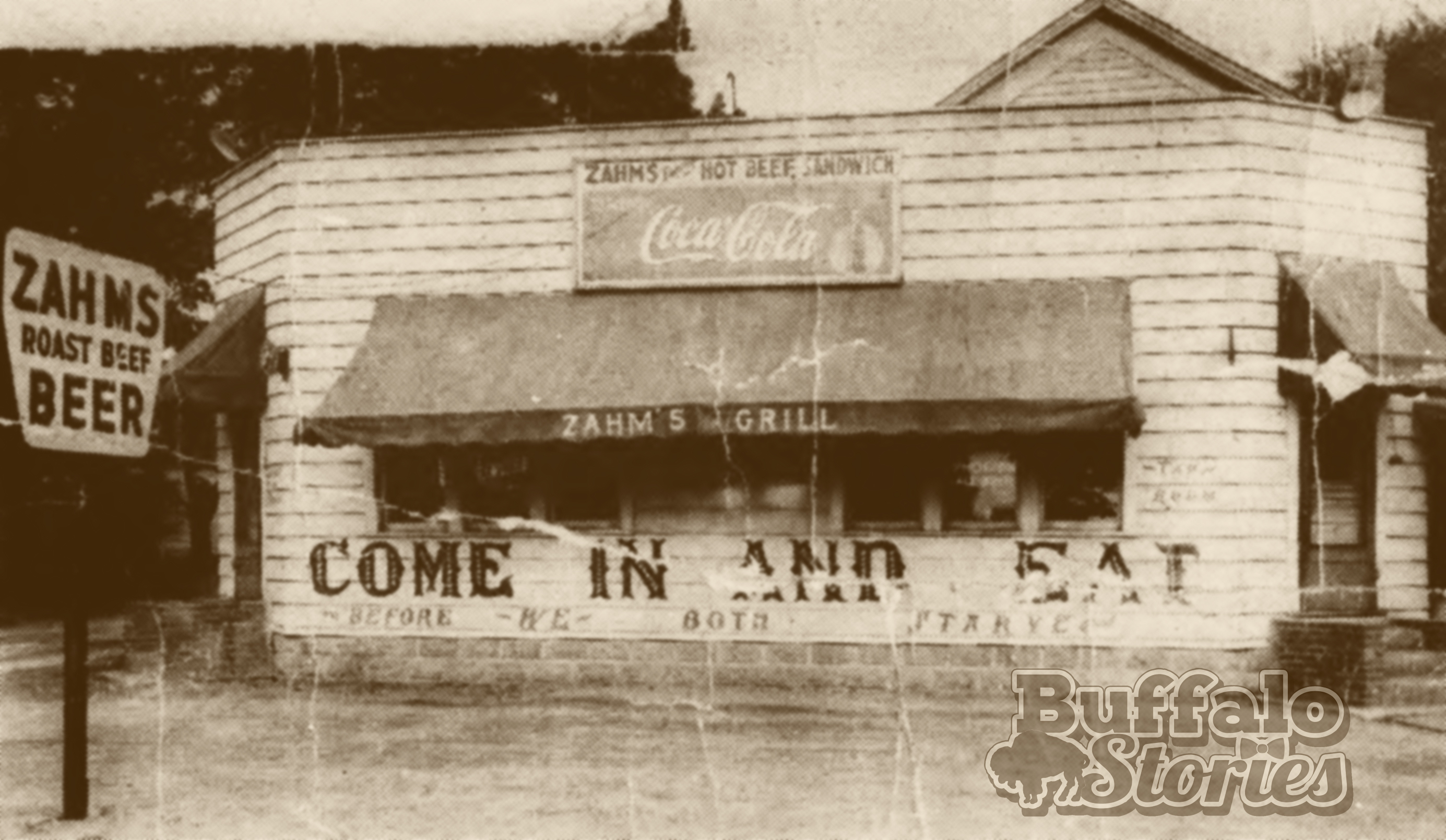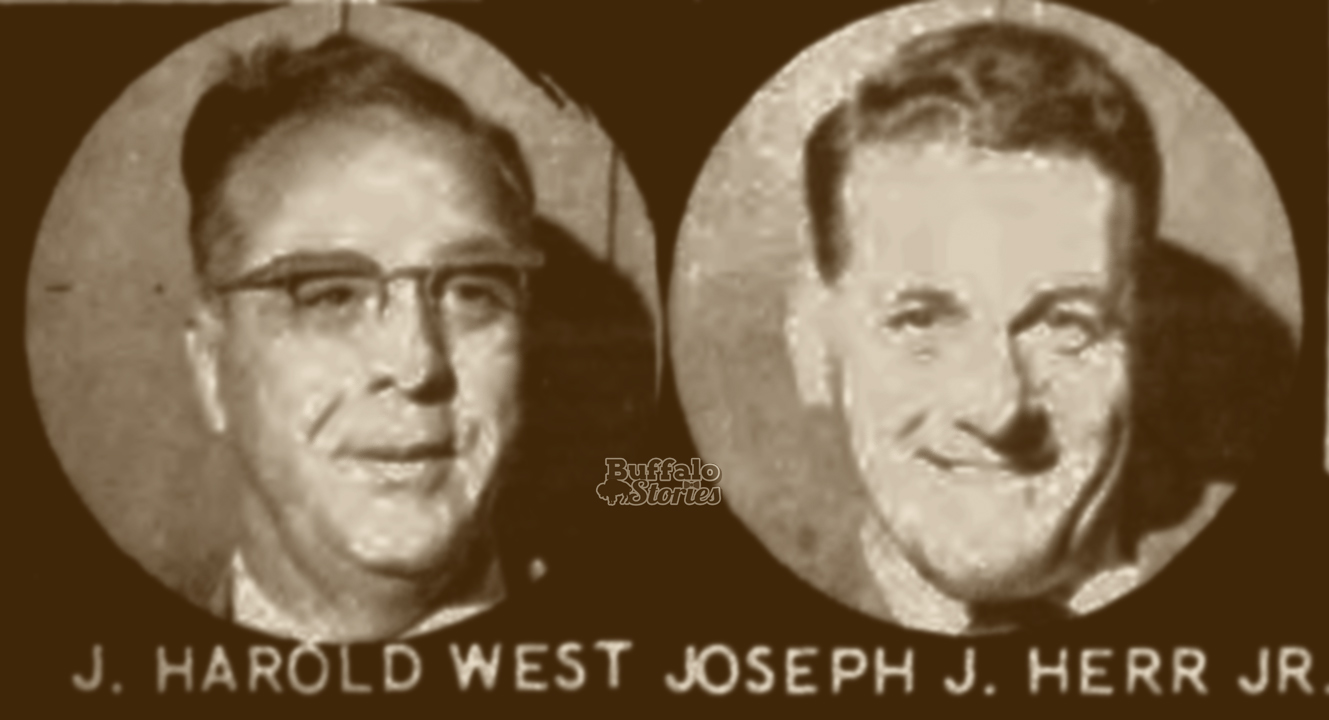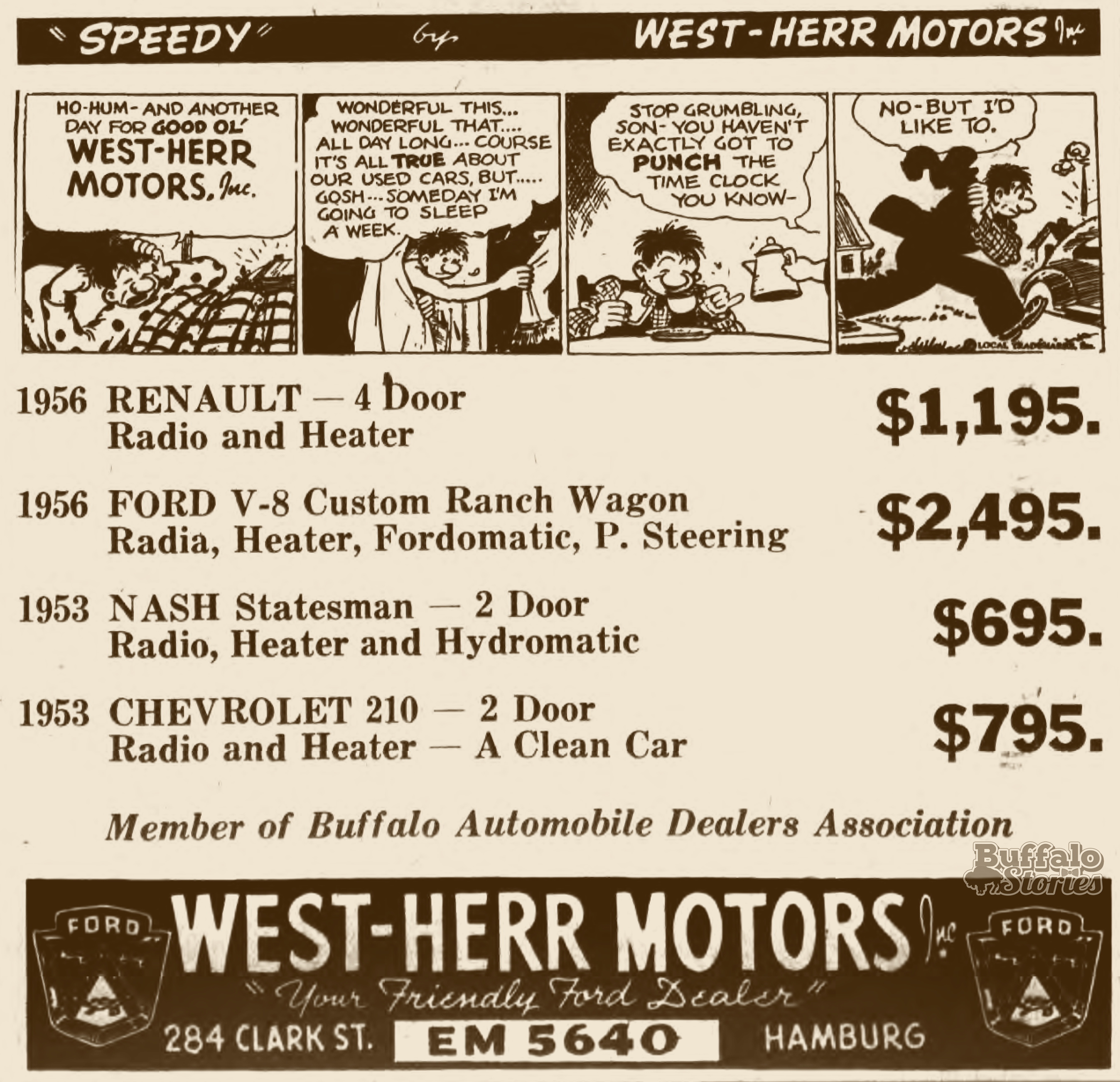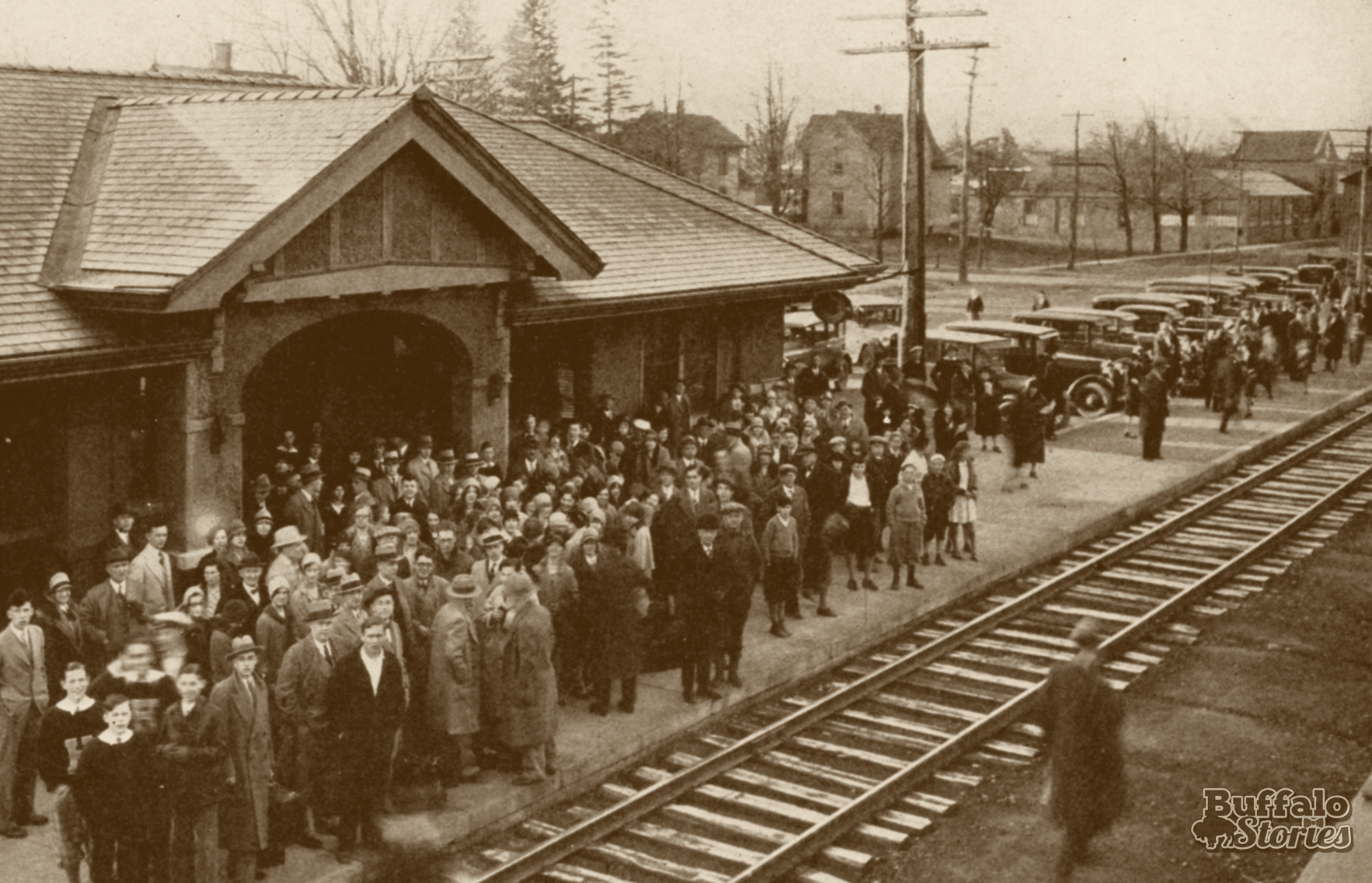 By Steve Cichon
By Steve Cichon
steve@buffalostories.com
@stevebuffalo
Just what counts as an amusement park has been determined on a sliding scale since the phrase was first recorded in the 1890s.

Crystal Beach, 1989. (Buffalo News archives)
Tell an iPad kid of today that he’s going to an amusement park, and visions of mega-coasters and waterparks at Darien Lake or Disney World will dance in his head.
It’s a far cry from when Buffalonians of not-so-long-ago were contented with the tilt-a-whirl and a merry-go-round permanently set up in some department store parking lot.

For a century, Buffalo’s gold standard for amusement parks — no matter how that term was defined — was Crystal Beach. When it was founded in 1888, Crystal Beach was celebrated for the healing powers of its natural sand and crystal-clear waters. Steamboat excursions from Buffalo, first on the Puritan and the Pearl and later on the Americana and Canadiana, brought visitors to Lake Erie’s Canadian shores, but also to several similar resorts along the shores of Western New York.
Elmwood Beach Grand Island
In 1897, Grand Island’s Elmwood Beach was promoted as the only temperance — that is, alcohol-free — park and beach on the American side of the international border. It was opened in 1894 by the White Line lake steamer company, to provide its passengers with a destination it called “The Island Paradise of Buffalo.” It was operated by Harvey Ferren, owner of the Court Street Theatre downtown.

It was built as “a safe place for bathing” for women and children, with hard white-sand beaches. Special park police made sure that there was no “objectionable swim attire” at this summer resort that “was on a scale previously unknown in the area.” The fact that no liquor was sold there made it a popular destination for church groups, which boarded the boat to the resort at the foot of Ferry Street.

Elmwood Beach was one of a handful of such resorts that popped up on Grand Island. Eldorado Beach was another.
New “high-class amusements and novelties” were unveiled for the 1899 season, but by 1910, the place had been abandoned. The parcel eventually became part of Beaver Island State Park, unveiled in 1939.
West Seneca’s Lein’s Park, Cheektowaga’s Bellvue Park, Fillmore Avenue’s Teutonia Park
These rustic, outdoorsy amusement areas were a drive out to the country in their day, but the land they were once located upon has long since been developed. The areas were used most by Buffalo’s growing German immigrant population.

Lein’s Park was built over the course of nearly a decade by Gardenville’s Henry Lein, just south of Cazenovia Creek and what is now Southgate Plaza on Union Road, starting in 1895.
Home to a bear pit, bowling alley and dance hall, the park closed up at some point after Lein — who served as West Seneca town supervisor — was found guilty of graft and sent to prison in Auburn in 1913. He was later pardoned by the governor and re-elected supervisor.

Buffalo’s German-Americans were clearly the target clientele for Fillmore Avenue’s Teutonia Park, “the family resort of the East Side” of the 1880s and 1890s.

While catering to Germans, the grounds one block north of Martin Luther King Jr. (then Parade) Park were owned by Baptist Kahabka, “one of Buffalo’s leading Polish citizens.” The park was one of Buffalo’s leading sports and conventions grounds, with boxing matches and picnics attracting crowds of up to 10,000 people somewhat regularly.
In 1921, the city cleared the land where the park once stood, and built East High School on the easternmost part of the plot.
Bellevue Park sprang up along Cayuga Creek at the last stop of a trolley line from Buffalo. The Bellevue Hotel on Como Park Boulevard was once a part of the sprawling 30-acre park, which was open until around the turn of the century.

Woodlawn Beach
Touted as “The American resort for Americans,” Woodlawn Beach tried to take on Crystal Beach directly, hoping to scoop up some of the thousands who arrived at Buffalo’s Central Wharf to get on ships bound for Canada.

Buffalo Stories archives
The steamer Corona, and later the steamer Puritan, took passengers to Woodlawn Beach four times daily from Buffalo. The grounds opened in 1892 with a toboggan slide and “ice-cream” as main attractions. As early as 1894, ads also bragged about the park’s being “illuminated with electricity.”
In 1920, it was electricity that was bringing Buffalonians to Woodlawn in streetcars on what was billed as “only a seven-minute ride” from downtown. Two years later, Bethlehem Steel bought up some of the property for use as a slag dump, but the old roller coaster and amusements stayed in place in various states of operation through the Great Depression.
The evolution of many of these Victorian health retreats and picnic grounds into the more modern amusement park concept was pushed along by one of the great marvels of Buffalo’s 1901 Pan-American Exposition: “A Trip to the Moon.”

Located on the Midway on near what is Amherst Street today, “A Trip to the Moon” offered 60 passengers at once the most technologically advanced amusement of its time. A ride in a “spaceship” offered a simulated tour of the moon.

The ride caught the fancy of tens of thousands of visitors to Buffalo and at least that many Buffalonians. That was no doubt behind the idea in naming the features of Fairyland Park at Jefferson at Ferry after the Pan-Am’s big attractions. In 1910, “the Mecca of pleasure-seekers” was promoting its midway and Temple of Music — both with names taken directly from the Pan-Am. But other budget attractions inspired by the world-class event included Mysterious Asia, Cave of the Winds, White Horse Tavern, Southern Plantation, Japanese Rolling Balls, Minerva the Mystic and Reed’s Big Congress of Novelties.

“Luna Park was built just after the Pan-American Exposition and was the nearest thing to Coney Island in the pleasure line that Buffalo had to offer,” reported the Buffalo Courier in 1909 after the city’s biggest-ever amusement park burned to the ground at the corner of Main and Jefferson.

Click for larger view. Buffalo Stories archives
Renamed Carnival Court, the old Luna Park cost more than $250,000 to rebuild. Five cents admission gained you access to rides like Shoot the Chutes, the L. A. Thompson Mountain Scenic Railway, Auto-whirl, Witching Water Ways, Galloping-Horse Carousel, Human Roulette Wheel and Ocean Waves.

Buffalo News archives
The site was razed to make way for a Sears Roebuck store and parking ramp in 1929. Both of those former Sears structures are now part of the Canisius College campus.
Built in Western New York
A Western New York company gave rise to many smaller amusement parks around the country in the years following World War II.

When demand for the handcrafted carousels that had made the company famous since 1880 started to wane, North Tonawanda’s Allan Herschell Co. began making smaller amusement rides it marketed as attractions to small and large venues alike.
Opened originally in the 1920s as a dance pavilion, Lalle’s at Lake Bay, Angola, steadily added amusement rides and booths through the 1940s and 1950s. New amusements for 1947 included the miniature zeppelin, auto and railroad rides, the Dodge-Em, the Ocean Wave and the Chair Plane.

These smaller amusements were used to entice parents to bring their children — and maybe do some additional shopping — in several places around Western New York. Buffalo’s first suburban mega-shopping center, the Thruway Plaza, opened in 1952 with a handful of rides in its Kiddie Ranch.

Just up Walden Avenue, on the corner of Dick Road, stood Twin Fair Kiddieland in the parking lot of the department store.

In Niagara County, Page’s Kiddyland at Packard and Military first stood to help draw customers to the Simon-Gulf gas station and then the Whistle Pig restaurant.

One of Western New York’s smallest-yet-long-lasting amusement attractions was Dealing’s on Niagara Falls Boulevard near Ellicott Creek Park.

Buffalo Stories archives
The Dealing family first built an elaborately carved carousel on their Niagara Falls Boulevard farm in 1929. After returning from World War II, Earl Dealing added about a half-dozen rides to the one put up by his father. He ran Dealing’s Amusement Park until 1980.

Nestled off Main Street in the Village of Williamsville, Harry Altman’s Glen Park Casino is remembered for high-quality musical and Hollywood entertainment and was a regular stop for acts as varied as Sammy Davis Jr. and the Three Stooges. Those too young to remember the music just might remember the rides.

Up to 6,000 people or more would fill the tiny park on holidays in the 1960s. The Glen Park Casino, renamed Inferno, burned down in a $300,000 blaze in 1968. The area was developed into a park in 1975.

Glen Park. (Buffalo Stories archives)
Western New York children of the 1970s might remember Fun-N-Games Park just off the Youngmann in Tonawanda.

Buffalo Stories archives
Another instance of amusement rides in a Twin Fair parking lot, the park’s most memorable feature might have been the unconnected roadside attraction in front of it—the whale car wash.

Buffalo News archives
The larger parks like Crystal Beach, Fantasy Island and Darien Lake were built and promoted as regional destinations, and likely remembered by almost anyone who grew up in Western New York, but these smaller parks are just as memorable in our own experiences or the stories or our parents and grandparents of days gone by.

Fantasy Island, 1960s. (Buffalo News archives)
 By Steve Cichon
By Steve Cichon








